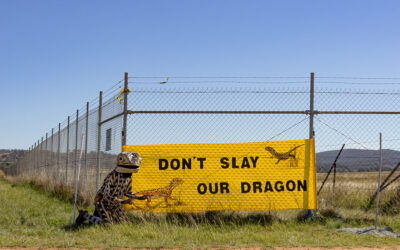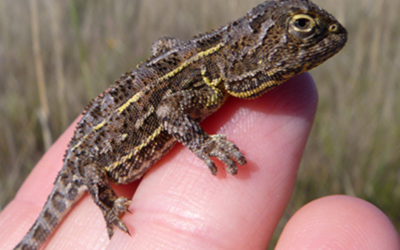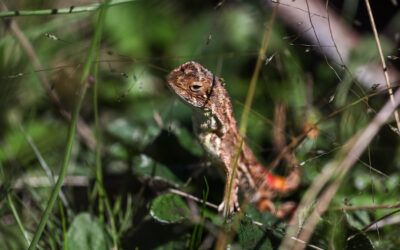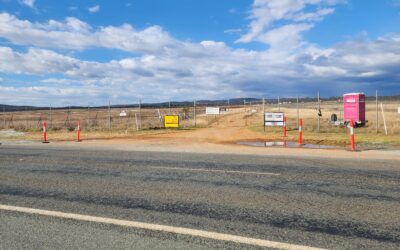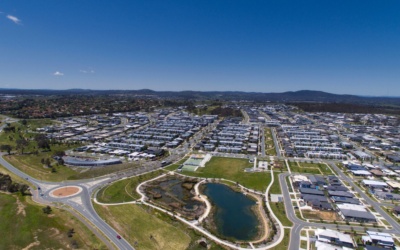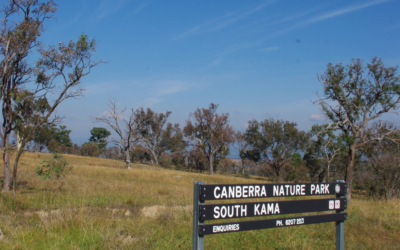Nature Protection
As the ‘Bush Capital’ Canberra is home to some of the most amazing wildlife and landscapes in Australia. But the global crises of biodiversity loss, climate change, and pollution means that we have more to lose than ever before.
Over 100 Australian species are now listed as either extinct or extinct in the wild. Across the country, there are more non-native plants than native ones. Rivers, the lifeblood of inland landscapes like Canberra are drying up, and land is being cleared at alarming rates.
The ACT is not immune to this. Approximately 6.2% of Canberra’s mature trees have been removed in the past 5 years; our beloved faunal emblem, the Gang-gang Cockatoo is endangered; and our natural areas are at increasing risk of pest plants and animals.
Join us in working to protect our beautiful home
CAMPAIGNS
CCAT NATURE POLICY STATEMENTS
THE BIODIVERSITY WORKING GROUP
The CCACT Biodiversity Working Group is chaired by Hugh Coppell and meets on the fourth Tuesday of the month at 5.30pm. The Biodiversity Working Group is open to anyone interested in biodiversity including member groups, staff and board members. To become involved please fill in the get involved form.
Latest News
Canberra community groups decry Capital Airport Group’s absurd attempt to “move” large grassland habitat of the critically endangered Canberra Grassland Earless Dragon
Friends of Grasslands (FOG) and Conservation Council ACT Region (the Council) are today raising the alarm on the Capital Airport Group’s (CAG) imminent plans to “move” Natural Temperate Grassland that is the final remaining quality habitat for the critically...
Conservation Council Gives New Environment Minister First Task To Protect Our Environment
The Conservation Council ACT Region has congratulated Murray Watt on being appointed the new minister for environment and water today. We have encouraged Watt to step up and start acting soon - saying that his first act should be to protect Canberra’s Grassland...
Conservation Council ACT and Friends of Grasslands welcome ACT funding for Canberra Grassland Earless Dragon
The Conservation Council ACT and Friends of Grasslands have welcomed a boost in funding to stop the extinction of the Canberra Grassland Earless Dragon, announced today by ACT Environment Minister Suzanne Orr. With this funding secured, they reiterated their calls for...
Capital Airport Group are environmental vandals as they restart construction on Northern Road
Friends of Grasslands (FOG) and Conservation Council ACT Region (the Council) have raised the alarm after the Capital Airport Group expanded construction on the Northern Road at Canberra Airport, which will destroy vital habitat for the Canberra Grassland Earless...
Big news! The ACT Announces a Hard Edge to Canberra’s Urban Development
For years, conservationists, city planners and Canberrans alike have been calling on the ACT government to stop the unchecked urban sprawl in Canberra. Now, the ACT government has taken a huge step in the right direction, drawing a physical and metaphorical line in...
ACT Government to Boost Ranger Numbers
The Conservation Council has welcomed the commitment, negotiated by MLA Thomas Emerson, for the ACT Government to commit to hiring 10 new park rangers, marking a 33% increase in ranger capacity. This is a significant achievement that demonstrates the commitment of...
Join our Newsletter
Stay updated on our news and events
"*" indicates required fields

